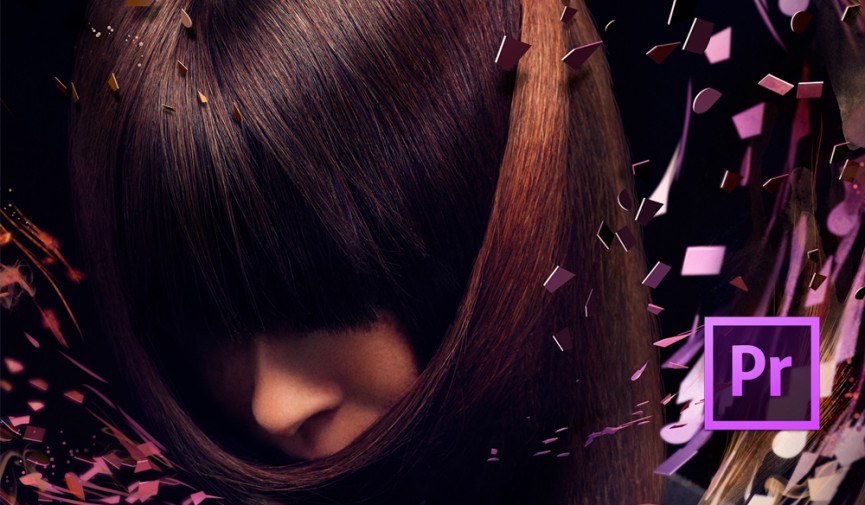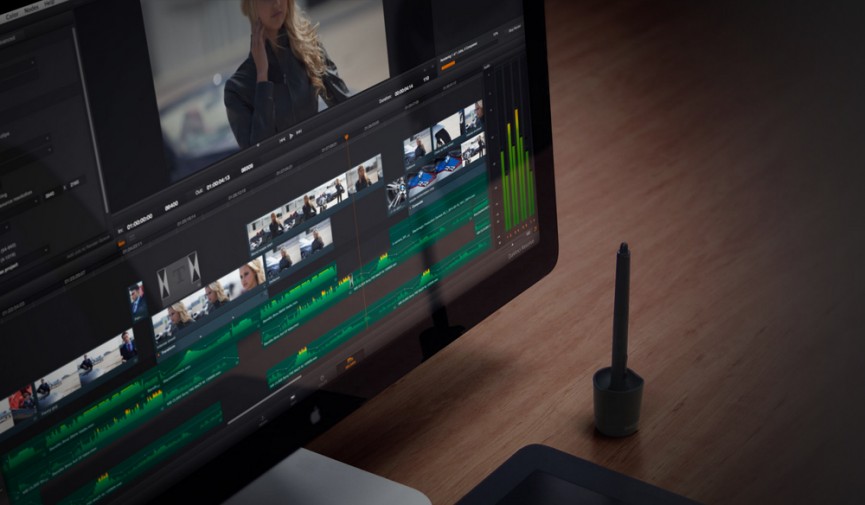

You may want to use a mask to select and isolate areas that you want to edit instead of adjusting the whole picture. Make use of the Effects Control Panel.Īlthough you can’t find a mask option in the Lumetri panel, you can apply a mask in the Effect Controls panel. It will make adjustments a lot easier too.

You have an eyedropper tool available for you to use. Take note that colors intensify from bottom to top of the graph. You can adjust the colors like with the standard curve while the Hue Saturation Curves intensifies the colors. The first one is the standard curve you see on all editing software, and the second one is the Hue Saturation curve. The difference is that it shows you a more detailed information of the amount of pixels that’s saturated in that certain hue. The HLS Vectorscope displays the hue, lightness and saturation modes, just like the YUV vectorscope.

In Premiere, there are two Vectorscope options – vectorscope YUV and HLS The function of the vectorscope is to show you the intensity (or saturation) of the hues in your video.

The main difference is the circular graph it displays. Unlike the other two scopes mentioned above, the vectorscope takes a different route in showing color information. In short, the higher the channel is, the more dominant it is in your video in terms of luminance. It’s read similar to the waveform – the horizontal axis of your video is from left to right, and the brightness of each channel can be read vertically. RGB ParadeĪppropriately enough, the RGB Parade shows you information of the R (red), G (green) and B (blue) channels of your video. Most of the time, the waveform scope is helpful for referencing luma. Vertically, the waveform displays the luminance (or brightness) levels. The horizontal axis of the graph corresponds to the video image from left to right. But you can also switch it to Luma, YC (luminance and chrominance) and YC no Chroma.īasically, the waveform monitors work like a graph. In Premiere, the default Waveform view is RGB Waveform. The waveform scope is a graph of the pixels that can be read from left to right. One of the most common scopes to ever exist is the waveform. You just have to know what they’re showing and understand what they mean. Scopes can be quite overwhelming and intimidating when you see them the first time, but honestly, it’s not really that complicated. Master colorists took lots of time and effort to get where they are now, and they’ve always referred scopes to further help them with their endeavor. In fact, if you’re a colorist or planning to become one, you obviously have to understand the basic color psychologies and theories out there. There are different types of scopes, but they all serve the same function – to provide the correct information you need.Ĭolors are one of the most complex elements in the world to exist. When color grading, neither our eyes nor the monitor – no matter how calibrated it is – can accurately provide the information for the colors being displayed on your screen. Scopes are a methodical approach to referencing colors and their tones. Familiarize yourself in using the scopes. Read on to learn tips and tricks on using Lumetri in more efficient ways. Previously, we’ve discussed Color Grading Tips using Davinci Resolve, so now, we will hop into Adobe Premiere Pro’s Lumetri. Both have each of their upper hands, and it all just depends on how the colorists make their wary around these editing programs. Premiere Pro’s Lumetri is equally loved and used as Davinci’s Color Panel.


 0 kommentar(er)
0 kommentar(er)
